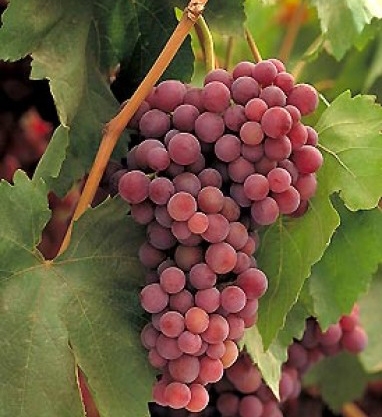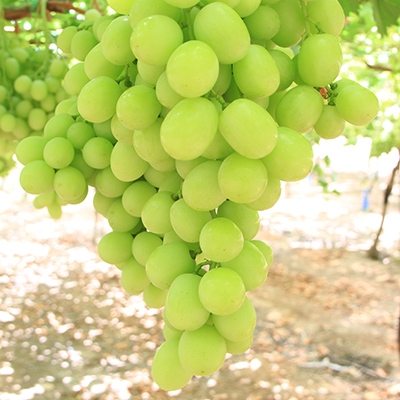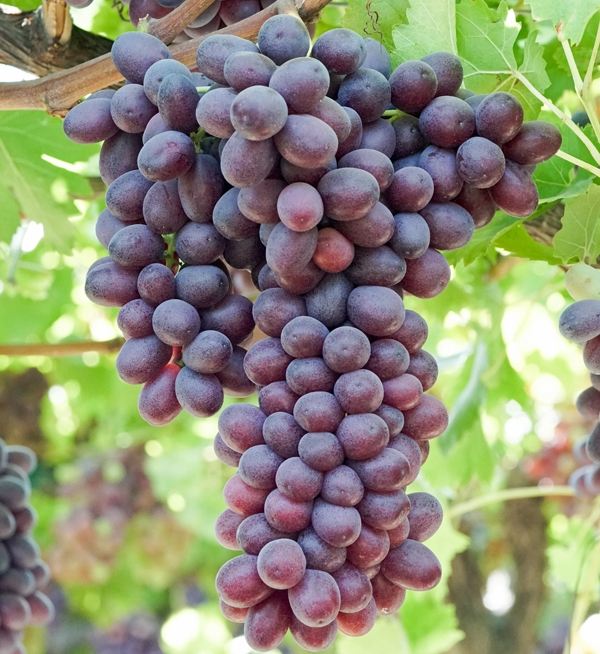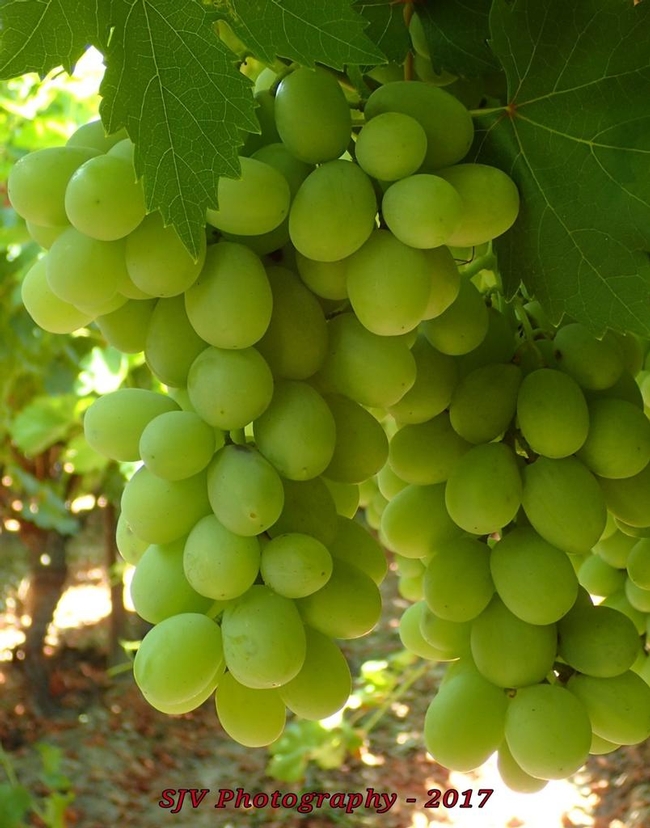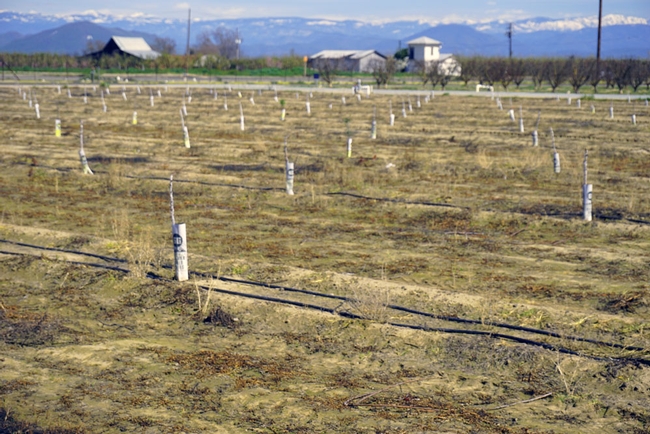Posts Tagged: Kurt Hembree
New labor laws factored into UC cost studies for table grape production
To help table grape growers make decisions on which varieties to grow, the UC Agriculture and Natural Resources' Agricultural Issues Center has released four new studies on the costs and returns of table grapes in the Southern San Joaquin Valley. The studies on different table grape varieties are each based on a 500-acre farm with vineyard establishment on 40 acres.
The studies focus on four table grape varieties. There are two early maturing varieties, Flame Seedless and Sheegene-21, that begin harvest in July, one mid-season maturing, Scarlet Royal, and one late maturing, Autumn King, which begins harvest in October. The studies estimate the cost of establishing a table grape vineyard and producing fresh market table grapes.
“Labor costs are expected to rise with reduced labor availability, increases in minimum wage rates and new overtime rules that went into effect in 2018,” said Ashraf El-kereamy, UCCE viticulture advisor in Kern County and co-author of the cost studies.
“We included detailed costs for specialized hand labor of certain cultural and harvest operations.”
The sample costs for labor, materials, equipment and custom services are based on January 2018 figures. A blank column, titled “Your Cost,” is provided in Tables 2 and 3 for growers to enter their own estimated costs.
“The new California minimum wage law will gradually decrease the number of hours employees can work on a daily and weekly basis before overtime wages are required. There are additional stipulations for overtime wages and scheduling of work that are part of the new law,” said Daniel Sumner, director of the Agricultural Issues Center.
Input and reviews were provided by UC ANR Cooperative Extension farm advisors, specialists, grower cooperators, California Table Grape Commission and other agricultural associates. The authors describe the assumptions used to identify current costs for table grape establishment and production, material inputs, cash and non-cash overhead. A ranging analysis table shows profits over a range of prices and yields. Other tables show the monthly cash costs, the costs and returns per acre, hourly equipment costs, and the whole farm annual equipment, investment and business overhead costs.
The new studies are:
- “2018 - Sample Costs to Establish and Produce Table Grapes in the Southern San Joaquin Valley – Flame Seedless, Early Maturing”
- “2018 - Sample Costs to Establish and Produce Table Grapes in the Southern San Joaquin Valley – Sheegene-21 (Ivory™), Early Maturing”
- “2018 - Sample Costs to Establish and Produce Table Grapes in the Southern San Joaquin Valley – Scarlet Royal, Mid-season Maturing”
- “2018 - Sample Costs to Establish and Produce Table Grapes in the Southern San Joaquin Valley – Autumn King, Late Maturing”
All four table grape studies can be downloaded from the UC Davis Department of Agricultural and Resource Economics website at http://coststudies.ucdavis.edu. Sample cost of production studies for many other commodities are also available at the website.
For additional information or an explanation of the calculations used in the studies, contact Donald Stewart at the Agricultural Issues Center at (530) 752-4651 or destewart@ucdavis.edu.
For information about local table grape production, contact UC Cooperative Extension viticulture specialist Matthew Fidelibus at mwfidelibus@ucanr.edu, UCCE viticulture advisor Ashraf El-kereamy in Kern County at aelkereamy@ucanr.edu, UCCE entomology advisor David Haviland in Kern County at dhaviland@ucdavis.edu, UCCE weed advisor Kurt Hembree in Fresno County at kjhembree@ucanr.edu, or UCCE viticulture advisor George Zhuang in Fresno County at gzhuang@ucanr.edu.
Researchers raise concern over paraquat health risks
The popular herbicide paraquat works well and is inexpensive, but emerging research shows a correlation of paraquat exposure and Parkinson's disease, reported Kerry Klein on Valley Public Radio.
Klein met with UC Cooperative Extension weed advisor Kurt Hembree at an almond orchard near Selma that was clear of weeds. Growers kill weeds because weeds kill crops, Hembree said.
"Direct competition for water and nutrients. Whatever the tree likes, the weeds like," he said.
Hembree explained how the paraquat works.
"Paraquat's a contact-type herbicide," he said. "In other words, it's a material that, if you sprayed it on a plant, it'll disrupt the plant's cells. And basically in five or six days, whatever it touches, it spots up and it causes necrosis and death on the tissue."
Paraquat is toxic, so it requires careful handling to protect the safety of applicators.
“Something like paraquat, you're going to wear rubber boots, you're going to wear goggles while you're spraying,” Hembree said. “You don't want to get this stuff on your skin or on your mouth or anywhere.”
The KVPR story said paraquat is among the top 10 most common herbicides in California, and the San Joaquin Valley gets more than three-quarters of the state total. Caroline Tanner, a neurologist at UC San Francisco, was also interviewed for the story.
“People who mixed or applied this chemical had more than double the risk of developing Parkinson's disease compared to people really very similar as far as where they lived, even what they did for a living, age and gender,” she said.
However, people who were careful with personal protective equipment didn't have a greater risk of Parkinson's disease, Tanner said.

